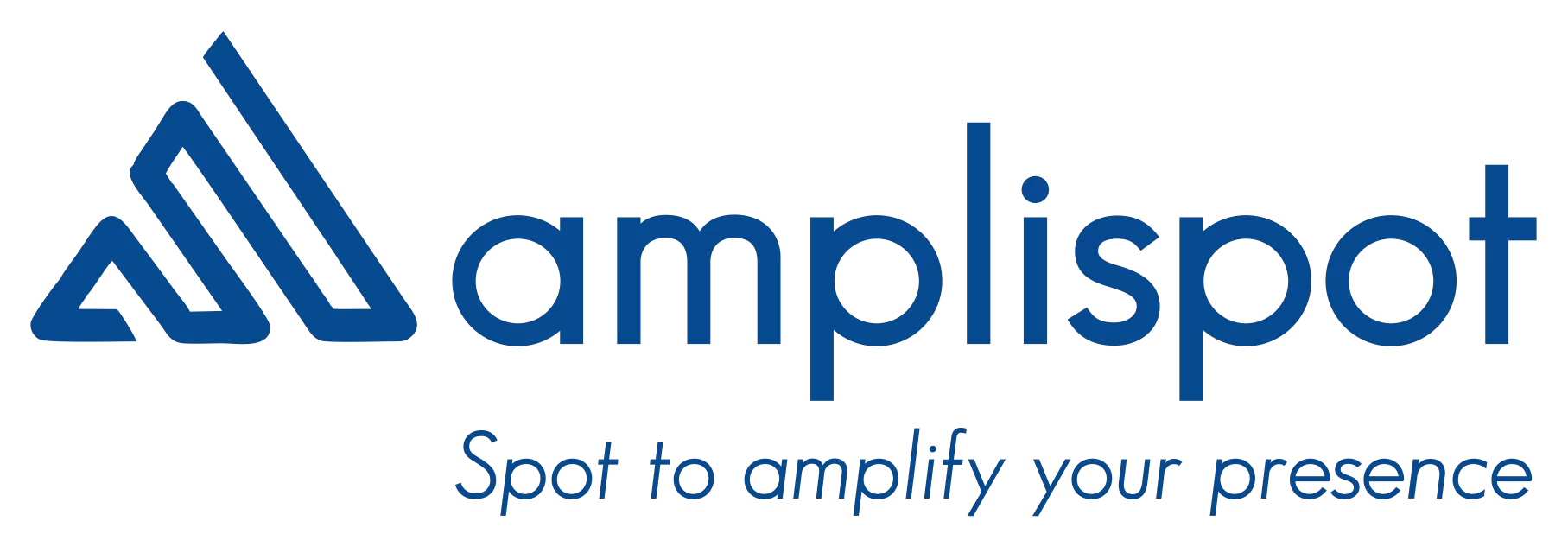You need to be found via Google if you want new people to discover your yoga studio and website. You want potential new yogis to be able to quickly locate you using keywords that are appropriate for your yoga business. For example, when someone searches for “yoga” in “your local area,” you want your studio to rank highly in the results.
Most people start their search with yoga classes online
The majority of individuals will use Google to accomplish this. If you want to improve your search rankings, Google is the place to begin.
Your yoga studio must appear first when people in your region search Google for yoga classes. Consider how difficult it is to locate yoga lessons while you’re moving to a new city, on vacation, or to travel.
How can yogis discover your yoga school using Google? First, let’s look at some Google search results one by one.
There are two types of results on Google
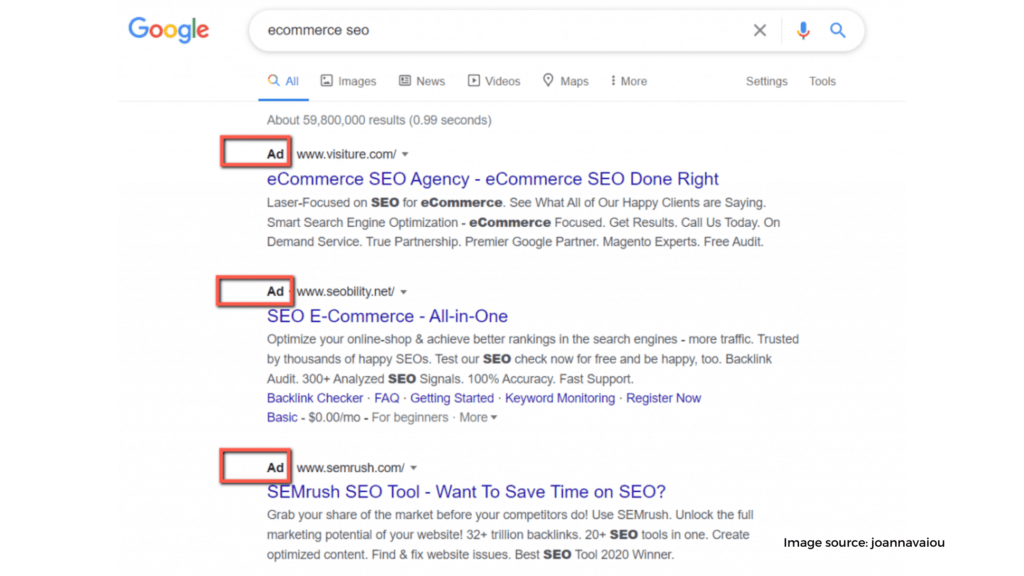
- Regular search results (also known as organic results)
- Paid search rankings (Google AdWords, see Ad.)
It’s critical to be listed in the typical search results for your yoga studio. In addition, it is recommended that you create a Google AdWords campaign if you want to expand your business and attract new yogis to it. Below we’ll look at how this works, but first, let’s look at the regular search results.
Your studio in Google’s organic search results
The name of your yoga studio’s website should be incorporated into Google search results. Your website must adhere to specific technical criteria to appear in the regular Google search results. For example, it must correctly display the name of your site, page titles, and other material (text and images).
Even more essential is ensuring that your website is ‘well-known.’ This means that other websites link to yours. For example, links to your classes, news stories, blog post, and videos.
Pro tip:
You may be missing out on useful traffic if your article pages don’t have unique meta descriptions, titles, and URLs. A well-optimized meta title piques readers’ curiosity and encourages them to click over to your website. The ideal meta description is accurate, succinct, and optimized based on keyword research.
A list to improve the ranking of your website on Google
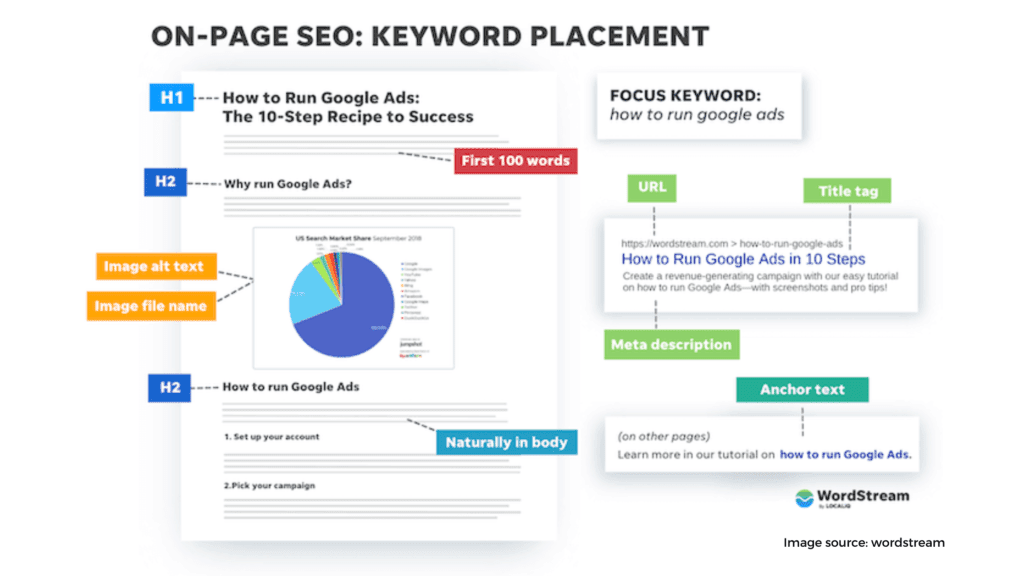
The following six steps will assist Google in determining what your website is about and who you want to reach out to.
- Is your website not showing up in Google search results? (To check this, type ‘mydomainname.com’ into Google and click on “search”). Are there no search results that link to your website? Then, to begin, please submit the URL of your website here https://www.google.com/webmasters/tools/submit-url.
- Check to see if your website’s material corresponds to the queries of your target audience. Is your yoga school in Brooklyn, New York, and do you give restorative Hatha classes to older adults? Then make sure that the words “New York,” “Brooklyn,” “Restorative,” “Hatha yoga,” “seniors,” etc.
Check to see if your site’s content is correctly displayed. Google can only index the pages of your website that are essential after that. The following should be checked:
- Do all of your website’s pages have unique and descriptive titles and page names that are easy to remember? Look at the title in your browser or browser tab to verify this while visiting each website page.
- Is the title of each of your website’s pages also the page’s header? And are these the correct titles, and do they correspond with the queries of your target audience? (see point 2 above).
- Your page’s titles and essential information (such as the sorts of yoga you provide) must be immediately visible. So, to make your titles and other vital details more legible, use HTML standards and levels.
- Did you give each picture and photo on your website a description? For example, a photograph of a student in one of your classes should include the physical location (your yoga studio) and what is happening in the image: ‘a student during a Hatha yoga class at Happy Yoga in Brooklyn, New York”.
Is your website indexable? To Google, a searchable website means one thing only: no technical jargon required. Perhaps you can discuss this with your webmaster. Or maybe you should! For additional information on this, type the following terms into Google. The following are some of Google’s criteria for a searchable website: A correct display of the META data on your website.
These are the title of the website, description of the pages, the author, etc.
- The metatag ROBOTS is a crucial component of your website’s SEO (search engine optimization). It controls whether search engines like Google are permitted to index and crawl your site’s source code.
- A sitemap
- No dead links. This implies that there are no links to pages that have vanished.
Do you want to learn more about how Google’s search results may improve your site’s ranking? Then, continue reading on Google and use Google Webmaster Tools to check your website.
The popularity of your website
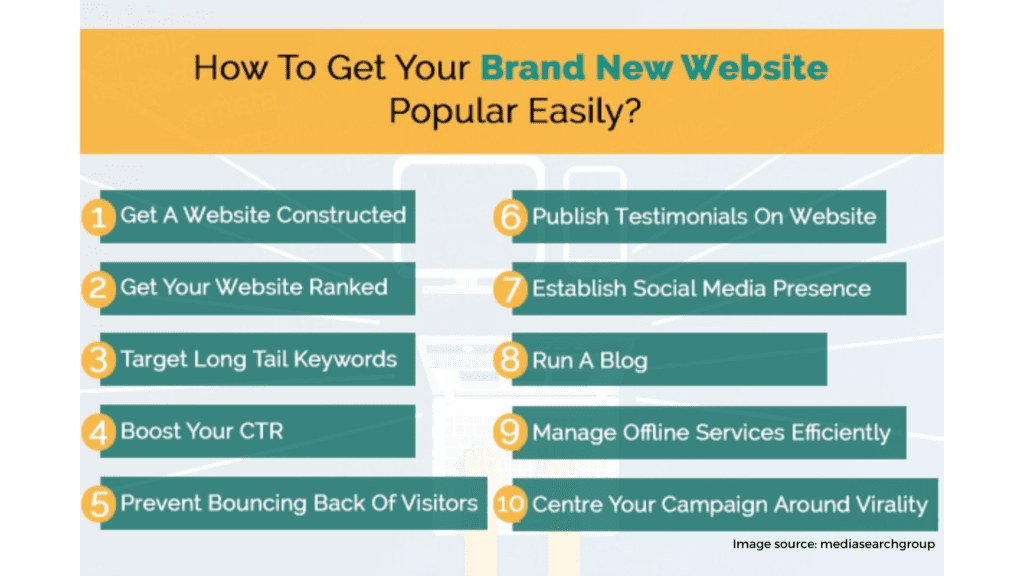
The way Google ranks search results is quite ingenious. For example, which website will appear first? And when it comes to that, which one will be listed next?
It’s tough to figure out Google’s search ranking algorithms, let alone explain them. However, we know that certain website aspects are essential for increasing your Google search rankings.
We’ll call this the popularity of your website for simplicity’s sake. We’ll focus on two things that are crucial to your yoga studio:
- The number of references on your website
- Your website’s popularity in the community
The number of references on your website

Google counts the number of links (references) to your website. Not just on websites but also on forums, blogs, and other social media platforms. Google regards this as evidence that your site is relevant enough to be included in search results.
It is critical to boost the popularity of your website on Google by getting other websites to link to it. The more references, the better. What are some easy methods? Here are some pointers:
- Make sure that the material on your website can be easily shared across social media platforms like Facebook and Twitter. Every time someone shares your website information on social media, new links to it are generated. Google will keep track of this data and utilize it to rank your site.
- News and (local) events. You may submit a press release to your local media if you have a special offer for your classes, an event, or anything else worth reporting about. It could be published in the town’s newspaper or on its website. Make sure to add a link to your yoga website when sending out a press release.
- For example, search Google for “business directories” and then register in any that are relevant. Search Google to see what directories may be helpful to you, and sign up as soon as possible. For example, yellow pages, Google Maps, and Google My Business are three options. https://www.google.com/business/
The local popularity of your website
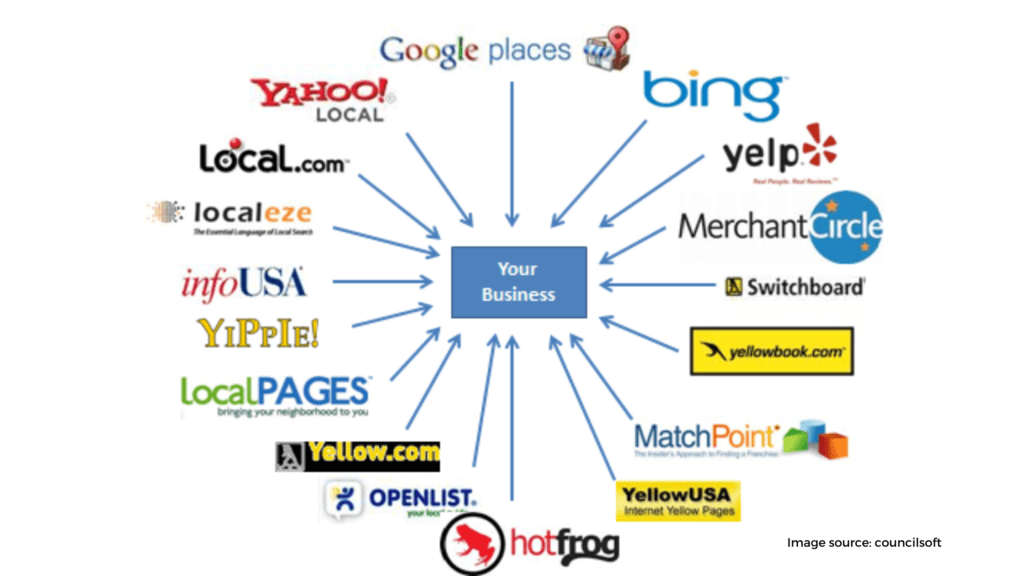
When someone in Boston is looking for yoga classes, the top results will differ from when someone in Miami does the same. As a result, you must establish your website’s local popularity.
How? Make sure to talk about what’s happening in your yoga business regularly. Both online (website, social media, blog, etc.) and in-person through press releases.
Here are some strategies for increasing your local popularity, or in other words, your web presence:
- Search for local firms in business directories like the Yellow Pages, your municipality’s directory, local (news)websites, forums, and community websites.
- Combine your efforts! Every time you work with other (local) businesses, it’s newsworthy and stimulates conversation, increasing your visibility. Also, are you a member of your nation’s yoga association or trade organization?
- Use online agendas for your cities, such as park lessons (a lesson in the park) or other gatherings you’re organizing. These sites may even provide a full schedule, so it’s worth checking them out to expand your audience.
All these little things combined can make a big difference! Every time your yoga studio is mentioned on other websites, this helps to strengthen your online presence. When these other websites are also local media, this gives an extra boost to your local company. Create a business account with the help of Google Business Profile to register and improve your company information to improve the local position of your firm.
Pro tip:
If you want to specialize in private clients, make sure your website includes a “Private Yoga Sessions” page. Write blog posts about your area of expertise and include a link to the location where individuals may book that service on your website. Make sure articles are easy to read on mobile devices.
Your yoga studio in Google’s paid search results

It’s often a good idea to utilize Google’s paid services when you want to expedite the process of new students finding their way to your business.
Having your website, yoga studio, or special offer (free trial lesson!) appear first in the search results is feasible. Then, you can create a Google ad with specific keywords and phrases your target audience may use.
When someone searches Google for a phrase that contains your ad’s keywords, your ad appears. You are charged every time someone clicks on your advertisement. The Google AdWords system is what it’s called. You could also use Google Search Console to find relevant keywords to see where you rank on the first page.
When someone clicks on one of these advertisements, Google charges the advertisers a cost-per-click price (CPC). This cost-per-click may be as much as €1 or €2. It may appear to be a lot at first.
However, if you make sure that purchasing a subscription on your website is easy and obvious (for example, by utilizing Momoyoga), these pricey clicks might result in new consumers.
When a new member joins your yoga school after every 40 clicks on your ad, this will set you back anything from €40 to €80. This, again, may appear to be a significant amount. However, if this yogi sticks with you for one year and pays around €25 per month, your yoga studio still makes about €220 each year.
If you want to minimize your’ sale costs,’ there are two things you may do:
- Make sure you keep your CPC costs as low as possible.
- Ensure that every click to your website results in new members.
A low cost-per-click
You may reduce the cost per click by limiting how frequently your ad is shown. This may seem odd, so let’s take it a step further:
A yogi looks up the term ‘yoga’ on Google. Many paid advertising results are displayed. It’s unclear what this individual is searching for on Google. Is this person searching for videos of yoga classes, experienced yoga teachers near me, a yoga mat, or yoga teacher training in your area?
When your ad appears for everyone Googling “yoga,” it will be too costly and ineffective. The cost-per-click would be high, and you’d receive a lot of clicks from folks who aren’t interested in the services or locations where you’re offering them.
Your ad must be only displayed when it’s relevant to the user. So use precise words in your AdWords campaign to be more specific. Instead of opting for “hatha yoga Brooklyn,” go with “hatha yoga classes.”
It’s also a good idea to change your AdWords campaign settings to “local” so that only people in your local area see your ad.
Ensure that clicks to your website lead to new members
As previously said, you pay for each time someone clicks on your ad. Therefore, these clicks must lead to new members rather than being ‘lost’ on your website.
This might be easier if you make sure your new members can quickly buy a subscription by displaying your Momoyoga membership link on your website.
This is a fantastic way for new yogis to get started. It’s simple to agree to your studio’s terms and conditions in one click, and their information is immediately available through your Momoyoga admin page.
This is simple and stress-free for both you and your new members. They can even join up for classes all at once, including those offered on the same day.
As previously said in the introduction of this blog, Paid search results can be an excellent complement to different (often more efficient) promotion types. However, paid search results should not be relied on as your only source of exposure.
